Raised garden beds or not?
7 years ago
Featured Answer
Sort by:Oldest
Comments (13)
Related Discussions
Landscaping help!
Comments (5)Some low-cost suggestions: 1. Paint your paling fence mid-tone grey to charcoal (Weather shield) as a contrasting backdrop for a climber. 2. To re-orient your garden away from the square, plant the corner with an advanced native species shrub or small tree as a beautiful feature (e.g. native hibiscus, perfect for your climate, or a blueberry Ash, or a Wattle ). 3. Plant out an attractive climber- say an allamanda, or stephanotis for fragrance, or a fast growing flowering native climber such as diplodenia (which comes in many colours and is fast-growing; careful not to get something that will pull your fence down! White or blue hardenbergias are a native wisteria which could look beautiful along the paling fence). Simple matter of wiring up a couple of horizontals mid way up fence to get them up and over (big screws and steel wire). 4. Use the brick low wall as a base for raising its height by half a metre with small sandstone blocks (you can often get these as offcuts very cheaply from a local quarry) or secondhand bricks (which are very attractive cleaned and recycled). 5. Plan some kind of feature for the middle of your low stone wall at the rear - say an arch over which you could grow a romantic climber (see above, or a warm climate rose, a potato vine, or a native Sollya). 6. In process of raising the rear wall, you could use left over stone or brick to pave a two-metre base for a garden bench (either sleepers fixed to low wall or purchase a nice big hardwood garden bench from Bunnings ), OR whatever you are inspired to create as a place to sit and dream! 7. Dig garden beds two metres deep to run from each side of your feature to the boundaries and plant up with lovely things. 8. Why not run a narrow raised garden bed waist high (same sleeper delivery) along the paling fence boundary for ease of planting and picking swell as visual interest? 8. Then stand back and colour in the remainder….maybe a big round stand of acacia cognatas of various sizes somewhere in the middle of the lawn…perhaps a westringia or two clumped here and there ...maybe a set of stepping stones to curve it's way to your backdoor!!! Hope helpful if only to get the ideas going! Good luck!...See MoreLandscaping advice for street appeal, 2004 red brick home
Comments (0)Help! We need some advice for landscaping ideas near the front of our house and entry way. We have already completed a rock garden edge and put in tropical plants in the raised garden bed near our mail box. We are requiring a garden that allows us to access the chemical termite barrier as we live next to a bit of bushland and termites are active in the area. We are thinking of two large potted golden canes near the entrance where that current large shrub is (shrub will be removed). This is so that when you walk from the mailbox straight through to the front door it provides a bit of privacy from the public walkway that runs parallel to our property. We were thinking of a heliconia either side of the front large window (master bedroom) and surrounded by rocks at the base and maybe some plants to fill it out to hide the pots and rocks a little? We were thinking of rock mulch for the floor. We are also putting in a front fence that will have black/dark gray vertical slats and an electric sliding gate for added privacy. Any ideas would be greatly appreciated to lift up our street appeal....See MoreBefore & After: A Colourful Garden Transformation with Personality
Comments (2)WOW WOW WOW!!! Fun but sophisticated. Is that a lemon tree too? Love it. The penguins are a cute touch....See MoreBackyard Garden Ideas
Comments (2)As Kate said mulch or even a gravel path around your veggie beds, you can always have a vertical herb garden on the fence, you could always run a bed incorporating your roses and add fruit trees, use pots as well for a great all year supply. Also check out the sun as suggested they need lots of sunshine....See More- 6 years ago
- 6 years ago
- 6 years ago
- 6 years ago
- 6 years ago
- 6 years ago
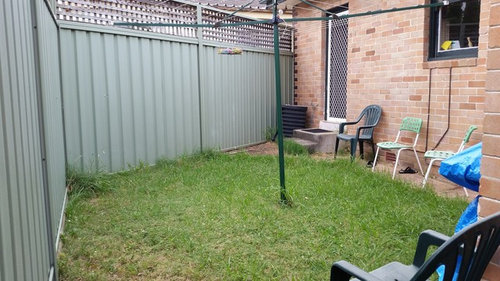
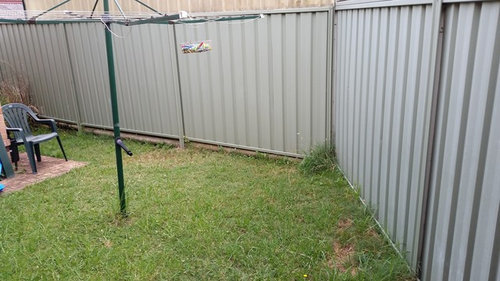

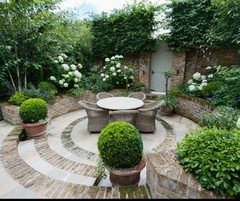
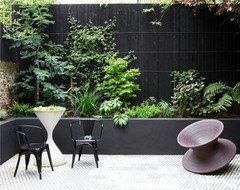
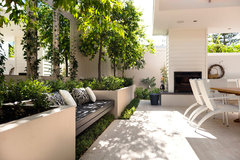

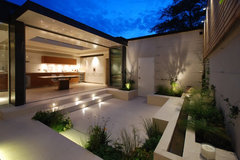
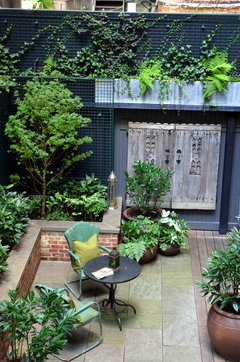
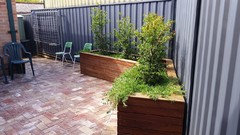

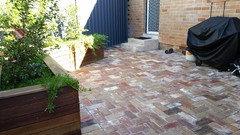


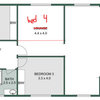
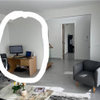
oklouise